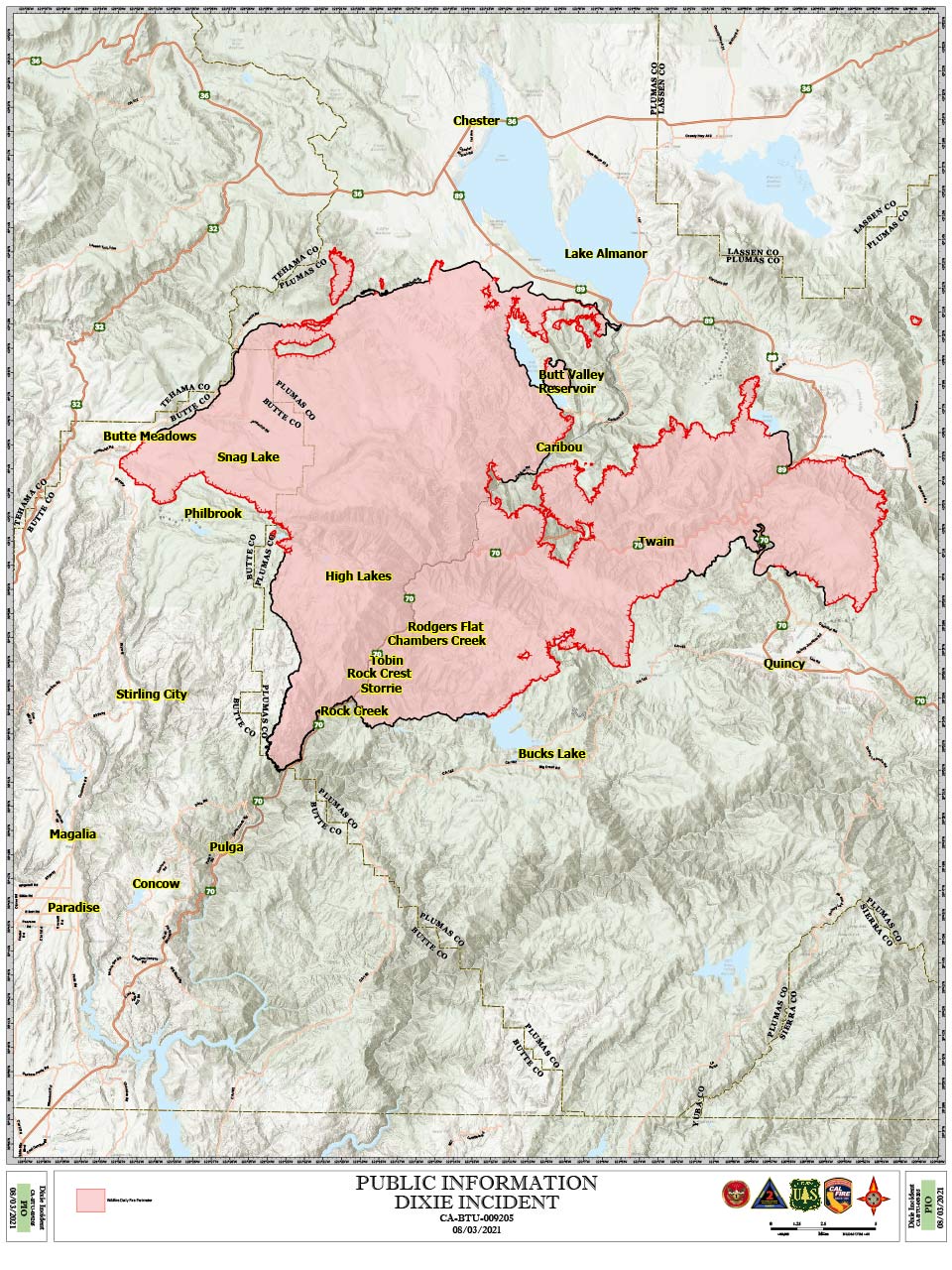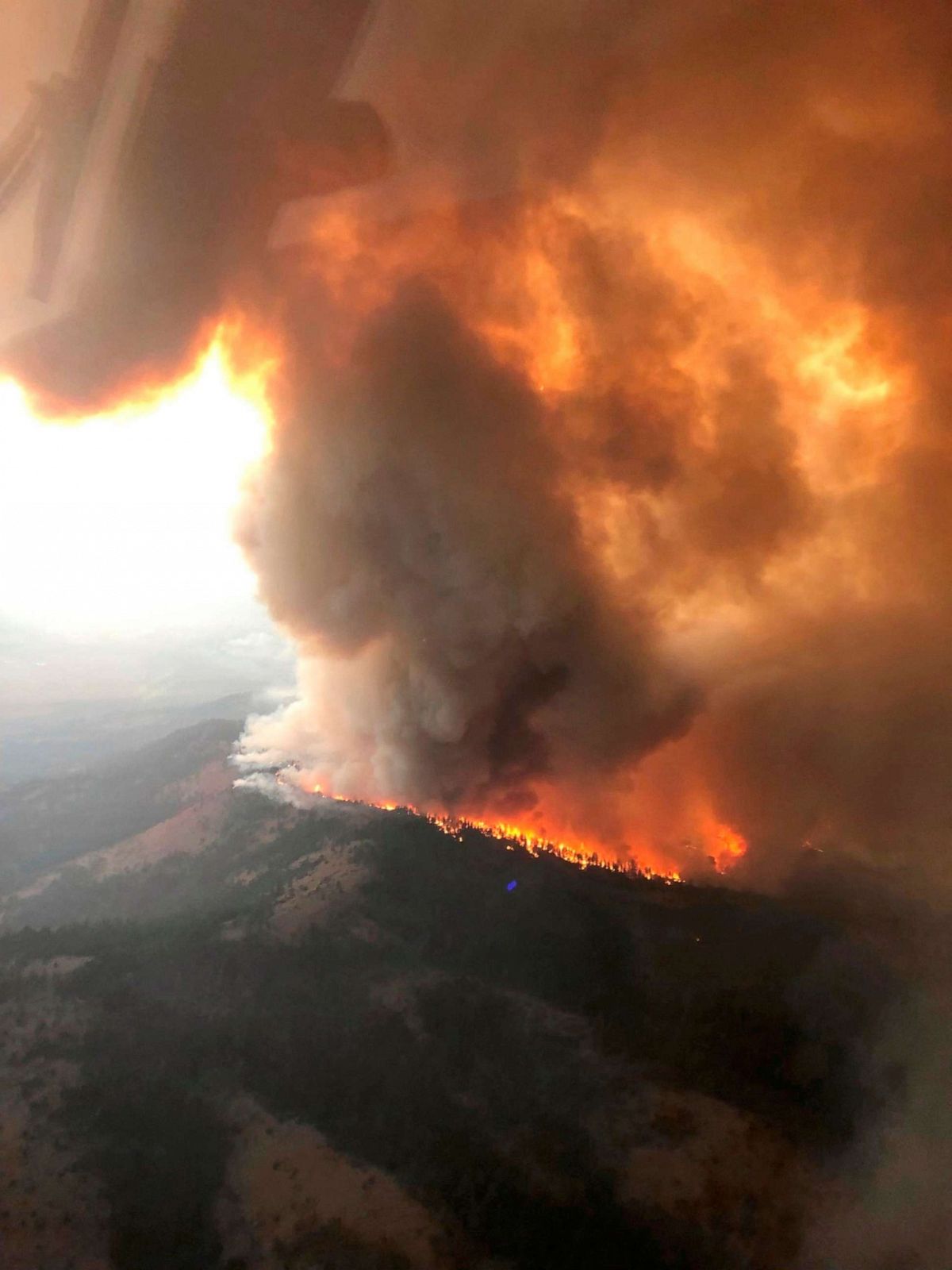
To help reverse the legacy of suppression, the scientists urge federal and state public land managers, like the Forest Service and the California Department of Forestry and Fire Protection, allow naturally occurring fires to burn when they don’t threaten communities, infrastructure or important resources, and ramp up burning practices devised over centuries by Indigeneous people, as well as those formulated more recently by foresters. In the southern Sierra Nevadas, over the last 100 years, the average forest canopy cover doubled in mixed conifer forests and quadrupled in ponderosa pine forests. But many scientists say relying heavily on that strategy has resulted in forests crowded with trees. Chapparal that grows in southern California forests burns easily and often, and there’s little to prevent that, Johnston said.įor decades, wildfires have been quickly attacked and suppressed, out of fear that they would explode in size, potentially harming people and property. Johnston’s study highlights coastal southern California as a place where roadless swaths of forest sit perilously close to dense, urban areas. A small percentage of those fires will burn towards populated regions. And climate change will only increase the likelihood that vast, roadless areas, some as big as Rhode Island, will burn, releasing smoke that can travel great distances. Managing fires in roadless areas is difficult. “This will push crews to take unnecessary risks.” Sending firefighters and pilots into remote, roadless terrain to suppress every small fire, he said, will spread resources too thin and increase the chance of firefighter injury or death. “Basically what this policy is going to lead to is a higher firefighter body count,” said Timothy Ingalsbee, the executive director of Firefighters United for Safety, Ethics and Ecology, a nonprofit focused on reforming wildfire policy. Some fire scientists greeted that news with concern. The federal government also said last week that it would supply more resources to California to help with wildfire mitigation. Gavin Newsom, the agency said that suppressing small wildfires, as opposed to monitoring their movement, would be its top priority during this current fire season, which is outpacing last year’s catastrophic summer and fall.

Last week, in response to a public admonishment of the Forest Service by California Gov. The Tamarack Fire’s dramatic turn from smoldering tree to out-of-control wildfire has yielded widespread criticism of the Forest Service’s decision to not immediately snuff out the blaze. “When we suppress fire, we aren’t preventing fire,” said James Johnston, a research associate at Oregon State University’s College of Forestry and the lead author on the study. But fire researchers, while they recognize the importance of such protection, argue that most fires in remote wilderness areas should be allowed to burn, if conditions allow, to avoid bigger fires in the future and greater risk for firefighters in the rugged terrain. Politicians-and much of the public-advocate for the quick suppression of wildfire to protect people, property and critical watersheds. The findings speak to a longstanding debate over firefighting tactics that has grown fiercer this summer as the fire season has erupted into major conflagrations. The study analyzed 30 years of wildfire on U.S.

But a study published in Environmental Research Letters last month suggests that wildfires burn more frequently and at a slightly higher level of severity in remote, roadless areas, like that where the Tamarack fire began. Wildfires typically earn attention when they encroach on human settlements, and communities suffer the trauma of sudden evacuations and homes reduced to ash. As of early August, hundreds of firefighters were still working to fully contain the fire.

One, the Tamarack Fire, smoldered for more than a week in a roadless wilderness area before taking off, burning thousands of acres and destroying several homes. But hours earlier, along the California-Nevada border, high in the Sierra Nevada mountains and far from any large fireworks displays, lightning struck, and seven wildfires ignited in the Humboldt-Toiyabe National Forest.Ī few of those fires expanded, burning a couple of hundred acres before being contained. ALPINE COUNTY, California - It was the afternoon of July 4, and in a few hours, fireworks would crackle over drought-parched California, raising concerns about possible fires.


 0 kommentar(er)
0 kommentar(er)
